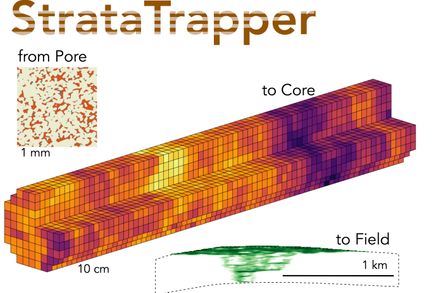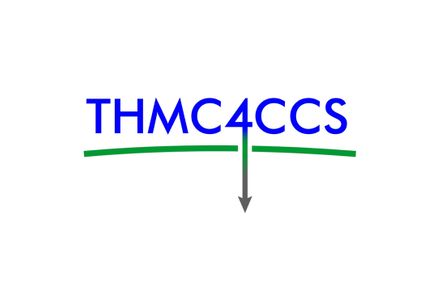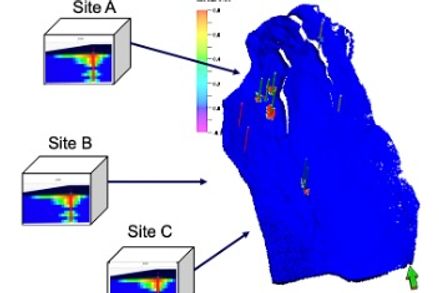BibTex format
@inproceedings{Jackson:2019:e3sconf/20198902001,
author = {Jackson, SJ and Krevor, S},
doi = {e3sconf/20198902001},
publisher = {EDP Sciences},
title = {Characterization of hysteretic multiphase flow from the mm to m scale in heterogeneous rocks},
url = {http://dx.doi.org/10.1051/e3sconf/20198902001},
year = {2019}
}





